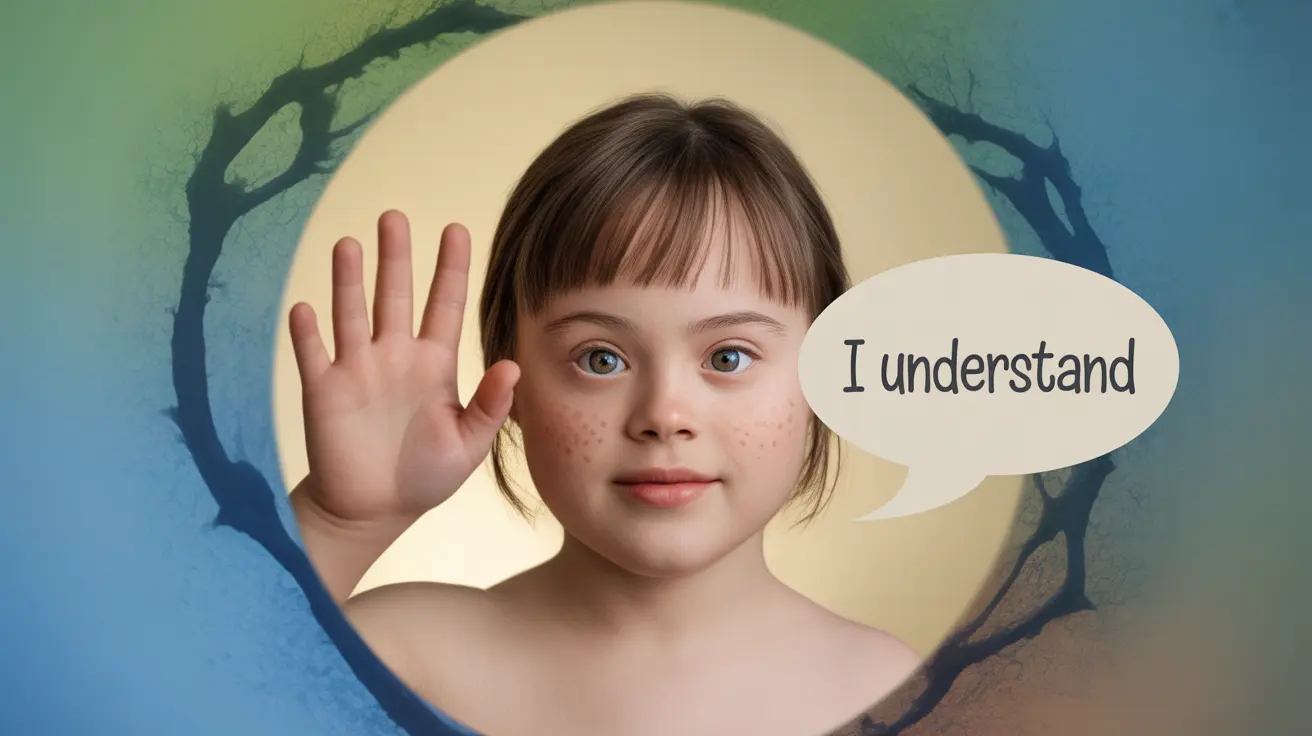When discussing developmental conditions, autism and Down syndrome are two distinct diagnoses that sometimes cause confusion. While both can affect development and daily functioning, they have different causes, characteristics, and support needs. Understanding these differences is crucial for families, caregivers, and healthcare providers to ensure appropriate care and support.
This comprehensive guide explores the key distinctions between autism and Down syndrome, including their causes, symptoms, diagnostic processes, and available support options. We'll also address the important topic of dual diagnosis, as some individuals may experience both conditions simultaneously.
Genetic and Developmental Origins
Down syndrome is a genetic condition caused by the presence of an extra copy of chromosome 21, resulting in specific physical features and developmental characteristics. This chromosomal difference occurs at conception and can be identified through genetic testing.
In contrast, autism (or autism spectrum disorder) has a more complex origin involving multiple genetic and environmental factors. While research suggests a strong genetic component, there isn't a single genetic marker for autism as there is for Down syndrome.
Physical and Developmental Characteristics
Down Syndrome Features
People with Down syndrome often share distinctive physical characteristics, including:
- Flattened facial features
- Almond-shaped eyes
- Small ears
- Small mouth with a protruding tongue
- Short stature
- Low muscle tone
- Single crease across the palm
Autism Characteristics
Autism doesn't have specific physical features but is characterized by differences in:
- Social communication and interaction
- Behavioral patterns
- Sensory processing
- Speech and language development
- Motor skills (in some cases)
Social and Communication Patterns
Individuals with Down syndrome typically demonstrate strong social interest and emotional connectivity. They often engage readily with others and show natural empathy, though they may face challenges with speech and language development.
People with autism may experience different social communication challenges, such as difficulty interpreting social cues, maintaining eye contact, or engaging in reciprocal conversation. Their social interaction patterns can vary significantly across the spectrum.
Diagnosis and Early Detection
Down syndrome can be diagnosed before birth through prenatal screening and diagnostic tests, or at birth based on physical characteristics and confirmed through genetic testing. The diagnosis is typically straightforward and definitive.
Autism diagnosis usually occurs in early childhood, though signs may be noticed earlier. The diagnostic process involves behavioral observation, developmental screening, and comprehensive evaluation by healthcare professionals.
Treatment and Support Approaches
Both conditions benefit from early intervention, though specific approaches may differ:
Down Syndrome Support
- Physical therapy
- Speech and language therapy
- Occupational therapy
- Regular medical monitoring
- Educational support
- Life skills training
Autism Support
- Applied Behavior Analysis (ABA)
- Speech and language therapy
- Occupational therapy
- Social skills training
- Sensory integration therapy
- Cognitive behavioral therapy
Frequently Asked Questions
What are the main differences between autism and Down syndrome in terms of causes and symptoms? Down syndrome is a genetic condition caused by an extra chromosome 21, with distinct physical features. Autism is a neurodevelopmental condition with complex genetic and environmental factors, characterized by differences in social communication and behavior patterns.
Can a person have both autism and Down syndrome, and how is that diagnosed? Yes, it's possible to have both conditions. Diagnosis involves genetic testing for Down syndrome and comprehensive behavioral evaluation for autism. Studies suggest that approximately 5-7% of people with Down syndrome may also have autism.
How do social and communication challenges differ between individuals with autism and those with Down syndrome? People with Down syndrome typically show strong social interest and emotional connection but may have speech delays. Those with autism may struggle with social interaction, understanding social cues, and developing typical communication patterns.
What types of therapies and supports are effective for managing autism versus Down syndrome? Both conditions benefit from early intervention, speech therapy, and occupational therapy. Down syndrome often requires additional medical monitoring, while autism may need specific behavioral and social skill interventions.
How early can autism and Down syndrome be diagnosed, and what screening methods are used? Down syndrome can be diagnosed prenatally or at birth through genetic testing. Autism is typically diagnosed in early childhood through behavioral observation and developmental screening, though signs may be noticed as early as 18 months.




